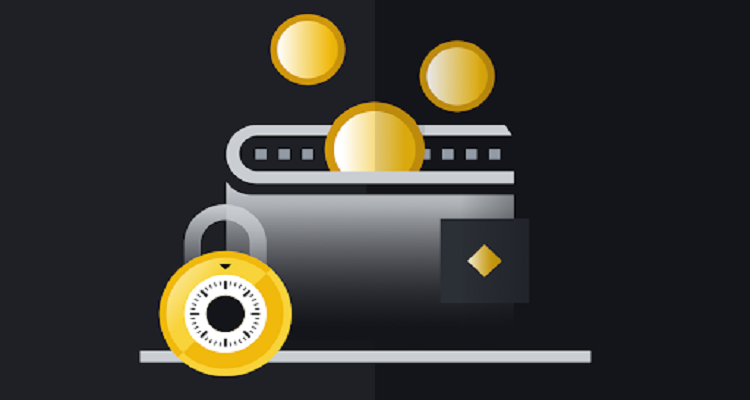AML compliance is a big part of the business world. No matter which industry you operate in, it can be extremely important to detect and prevent any money laundering attempts – something that can get your business wrapped up in a major investigation if handled poorly.
You do not have to be responsible for the money laundering itself to be at risk of it impacting your business. All it takes is one or two simple mistakes for a third party to launder stolen money through your business, and that is not something that any business ever wants. But how do you handle an AML compliance risk assessment, especially if you have never done one before?
Understanding AML Compliance
It is easy to assume that anti-money laundering compliance is all about not letting your employees launder money. While that is part of it, the entire process is much more focused on the customers and clients using your business – the people who are providing your business’ revenue and putting money into your company.
If a malicious third party wants to launder money, then they will usually turn to an innocent business if they do not own one themselves. This means that any random business can get caught up in the crossfire, often not even knowing that they are involved in laundering until an investigation is launched that points back to them.
By focusing on AML compliance, a business can focus on its current operations and customers to make sure that it is not getting involved in any money laundering schemes. This also allows a company to establish new systems or methods for monitoring the way their customers act, giving them a way to locate potential cases of money laundering in the future.
Performing an AML Risk Assessment
The most important thing to understand about anti-money laundering methods is that there are no set rules for how money laundering works. A large part of the compliance process is figuring out how you can protect your business and understanding ways that you can protect yourself from risks that may not have even happened yet.
The entire process is based on your own judgment. You need to look over your business and work out which parts of it seem to be at the most risk – then give yourself the tools and means to protect these.
Investigating Risk
The most important goal in the early stages of your assessment is to investigate the risks your business might be facing.
Most of the time, you are looking for specific Key Risk Indicators or KRIs. These are aspects of your business that may attract money launderers, usually because they are elements of how you operate that would allow money launderers to launder money without being discovered.
The five primary KRIs that most businesses need to investigate first are:
- The types of customers you attract.
- The nature and complexity of your business.
- The range of products and services you offer.
- Any geographical risks, like proximity to high-crime areas.
- Your onboarding process for new clients.
While not all of these may be relevant to every business, they are a useful starting point. A complex business may have more ways for launderers to hide what they are doing, and a local business that is close to high-crime areas may attract a lot of customers that are trying to launder money or stolen items.
As your investigation continues, you will find more specific elements of risk worth checking. A full AML compliance check can be as in-depth as necessary, and there are no specific rules or limitations on how to perform one.
Classify Risks
When you identify risks, you also need to classify them. Most businesses rank them on a scale of 1-3, with 1 being low-risk and 3 being high-risk. These ranks are based on how much control your business has over that part of its operations and how easily you can mitigate money laundering risks through that system or tool.
For example, a large wire transfer to another country is a rank 3 risk, while an automated cross-checking system that can prevent outside tampering will be a rank 1. Ideally, you want to reduce all rank 3 risks to a rank 1 risk if possible, which usually means reworking certain parts of your business operations.
Record Everything
Regardless of how large your company is or the industries you operate in, you need to record the AML compliance risk assessment you perform. Regulators may ask to see your assessment, and you want to be able to provide a self-critical document that can prove your compliance with anti-money laundering regulations.
Having these records can be important for a range of reasons, but it is just generally a good idea to make sure that you keep a full record of all relevant information. Do not leave anything out; even if it is a part of your business you are actively working to fix – it is important to keep your risk assessment clear and well laid out.
Review Risks
Be sure to review the entire assessment regularly. There may be small changes you need to make as your business develops, and it may be necessary to perform an entirely new assessment if a major part of your business operations changes in a short span of time.
Whether this means looking at your geographical area, your customer base, your payment methods and revenue streams, your transactions, or even your products themselves, you will want to keep updating your risk assessment on a slow but constant basis.
If you are not sure how to perform a full risk assessment on your own, then turning to an excellent group of AML consultants can be a great option instead. Relying on consultants leaves you free to focus on other parts of your business and allows you to draw on their expertise instead of having to learn everything yourself.
However you decide to perform your AML compliance checks, it never hurts to have some professionals available to guide you through the parts you are not completely sure of. Do not hesitate to call in consultants if you get stuck or if you are apprehensive about doing the assessment without any kind of professional experience backing you up.
















